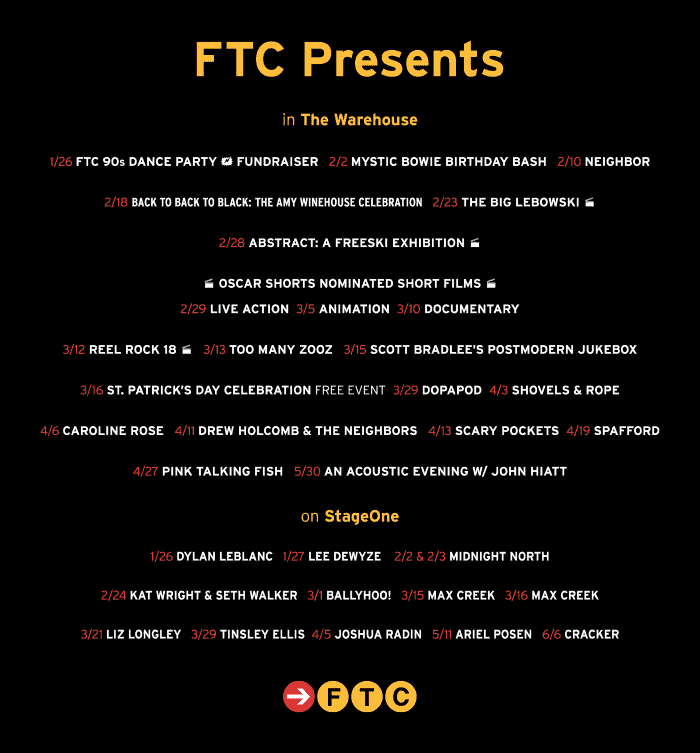 If anyone could lay claim to the excuse “I’m not fat—I’m big boned,” it’s the titanosaur on view at the American Museum of Natural History. This creature has a thigh bone 8 feet tall. Taller than Shaq! That’s not just a big bone; it’s the biggest bone in the biggest dinosaur ever discovered.
If anyone could lay claim to the excuse “I’m not fat—I’m big boned,” it’s the titanosaur on view at the American Museum of Natural History. This creature has a thigh bone 8 feet tall. Taller than Shaq! That’s not just a big bone; it’s the biggest bone in the biggest dinosaur ever discovered.
And yet, the titanosaur began life in an egg the size of a “large grapefruit,” said Danny Barta, a Ph.D. candidate in the museum’s Richard Gilder Graduate School.
Barta is studying dinosaur growth—how do you go from the size of a piece of fruit to something 120 feet long, especially when you’re a vegetarian?
“They must have spent most of their day eating,” Barta said. It just goes to show that anyone hoping an all-kale diet will do the trick may end up sorely disappointed. (And extinct.)
The titanosaur is so big, you see it burst into a grin, Holy moly! It doesn’t even fit in one of the museum’s cavernous rooms. Instead, its giant skull sticks out into the hallway, like a dog who can’t wait to go for a walk. And, for the record, what’s on display is not the actual skeleton. It’s a 3-D scanned cast of the bones, which is in some ways even more amazing: Something 100 million years old has been recreated by a technology that didn’t come into its own until the 2000s.
But if you’re hankering for “real” relics, all you have to do is turn around. There, on display for the first time, are about 30 fossilized bones from the museum’s “Big Bone Room”—a room Barta compares to a library’s “oversize book section.” These bones include a leg bone the size of a 7-year-old North American Studentis (that is, a third-grader), and vertebrae that look like snow tires.
They’re all part of a long-necked plant-eating diplodocus dug up by the museum’s dinosaur hunter Barnum Brown (yes, named for the circus meister himself), with Henry Fairfield Osborn in 1897. Ironically the men had gone to Wyoming seeking fossil evidence of ancient mammals, the bones of which do not make for amazing crowd-pleasers. Instead, they found this giant beast, which launched the museum’s dinosaur collection. Barnum would go on to discover the first tyrannosaurus rex.
Barta actually hails from Wyoming himself, and when he went on trips to the local museum, he fell in love with the dinosaurs. Now he spends his time studying the specimens at the museum and heading out to find more. He spent last summer in Mongolia’s Gobi Desert, which sounds like a dream come true.
“You wake up, you have breakfast—we’re in a tent—and then you walk around and look to see if there are any bones or eggshells sticking out of the ground. And probably every few minutes you’re seeing something. Oftentimes, it’s just some fragments, but sometimes it can be part of a skeleton,” he said.
Sign me up!
“We had really nice weather—it barely topped 100,” Barta added. “And we experienced one sandstorm.”
Okay, maybe he doesn’t really need my help.
Once someone discovers what looks like a decent set of bones, the team carefully covers these with the tools of the trade: tin foil, paper towels or toilet paper. “Fossil collecting has hardly changed at all since Barnum Brown’s day,” Barta said. With the bones protected, the team digs a trench around the skeleton and covers the whole thing with a plaster of Paris “jacket.” Then they dig it up, and ship it to the museum, where three “preparers” excavate the bones, using brushes, dental picks and a whole lot of patience.
But what excites Barta is that the Gobi site has yielded dozens of specimens of one of the dinosaurs he is studying most intently, the “Haya griva” (named for the Hindu god Hayagriva). Adults of this species are about the size of a beagle, the littlest ones are the size of crows. What he has now are a series of skeletons, affording him a sort of time-lapse look at how they grow.
“Each is a snapshot from a stage of life,” Barta explains. Imagine if the only skeleton left of humans 100 million years from now was that of a 5-year-old. Future earthlings would assume Homo sapiens generally grew to the height of a Great Dane. So how do you get a full picture of the life cycle of an animal that’s extinct? “Any living animal, we could watch,” Barta points out. But with dinosaurs, you need skeletons of all different ages.
That’s what he has in front of him now. And if he or anyone else ever needs a different dino to study, the museum has tons more—literally.








